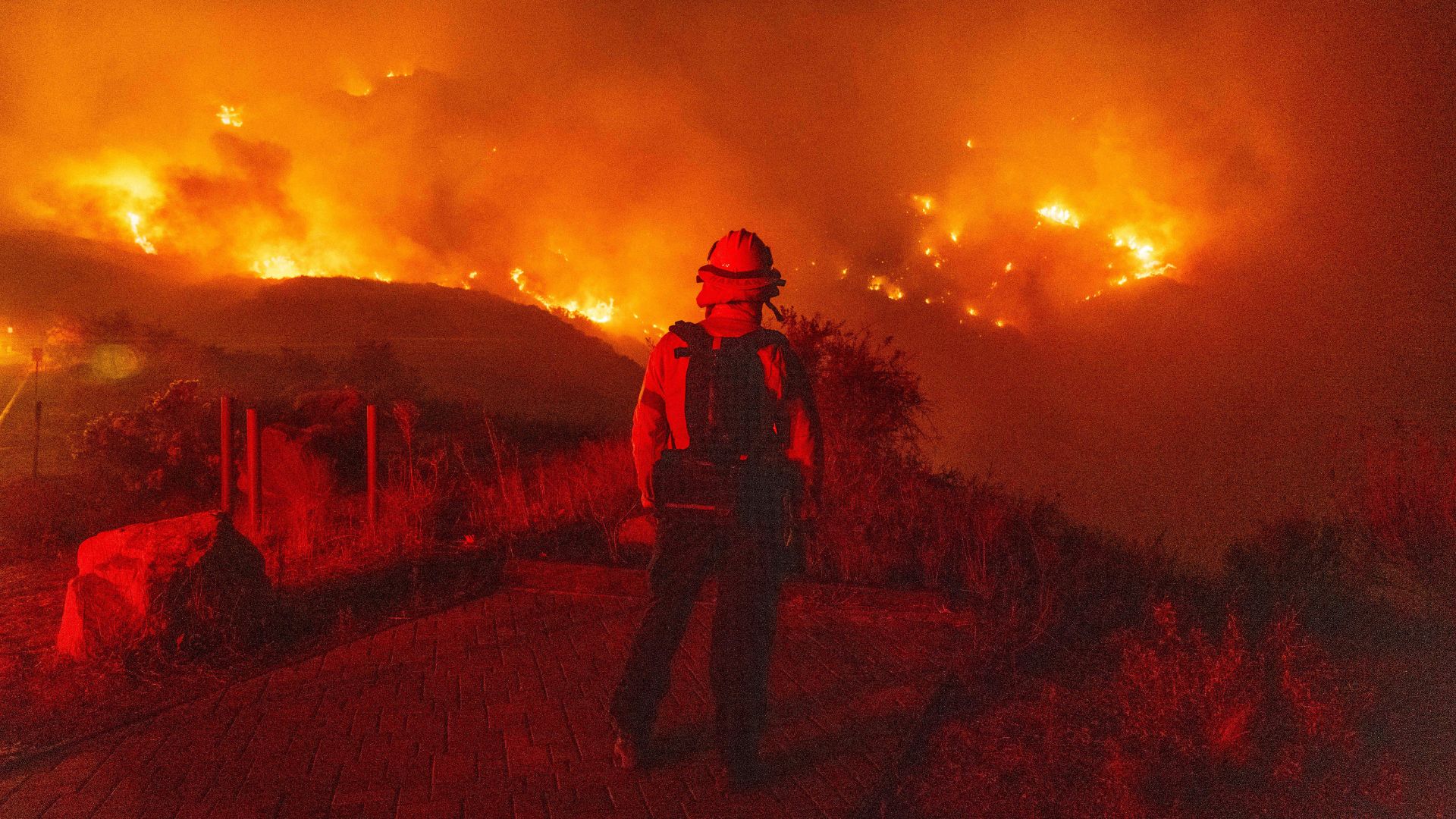
Children born today will face climate extremes on a scale never seen before with the poorest bearing the brunt of the crisis, scientists warn.
In an analysis of human exposure to climate change extremes — such as heatwaves, floods, droughts, wildfires, cyclones and crop failures — researchers found that children born in 2020 are two to seven times more likely to face one-in-10,000 year events than those who were born in 1960. And that’s even if warming is limited to 4.9 degrees Fahrenheit (2.7 degrees Celsius) by 2100.
If the world warms even faster, reaching 6.5 F (3.5 C) by 2100, 92% of today’s 5-year-olds will experience deadly heatwaves, 29% crop failures and 14% floods at some point in their lives.
In comparison, the researchers found 16% of those born in 1960 experienced extreme heatwaves in their lifetimes. The researchers published their findings today (May 7) in the journal Nature.
“By stabilizing our climate around 1.5 C [2.7 F] above pre-industrial temperatures, about half of today’s young people will be exposed to an unprecedented number of heatwaves in their lifetime. Under a 3.5 C [6.5 F] scenario, over 90% will endure such exposure throughout their lives,” study lead author Luke Grant, a physical scientist at the Canadian Centre for Climate Modeling and Analysis, said in a statement.
“The same picture emerges for other climate extremes examined, though with slightly lower affected fractions of the population. Yet the same unfair generational differences in unprecedented exposure is observed,” he added.
Eco-anxiety is rife among children, with nearly 4 in 5 children aged under 12 worried about climate change, according to a YouGov poll commissioned by Greenpeace.The effects of climate breakdown, and the human suffering it causes, are already evident — unprecedented heatwaves, storms, droughts, floods, extinctions and wildfires are taking place around the world.
Related: Atlantic ocean currents are weakening — and it could make the climate in some regions unrecognizable
But quantifying the hardships that changes to Earth’s complex climactic systems will foist on future generations remains difficult. To arrive at a rough picture, the researchers behind the new study combed through demographic data for each location on the planet, combining population projections and life expectancies with climate model projections for three emissions scenarios.
This enabled the researchers to arrive at rough estimates for the number of people in each generation who will experience unprecedented climate events. And the results they arrived at were stark — 52% of children born in 2020 face unprecedented heat exposure compared to 16% of those born in 1960 under the most limited global warming scenario of 2.7 F (1.5°C) by 2100, rising to 92% if warming reaches 6.5 F (3.5 °C).
Exposures to crop failures, wildfires, droughts, floods and cyclones also rose significantly. For example, in a 6.5 F (3.5 °C) pathway 29% of those born in 2020 will face unprecedented lifetime exposure to crop failures, with the risk expanding for those around the United States, South America, Sub-Saharan Africa and East Asia.
And those most socioeconomically vulnerable, especially children born around the tropics, are set to be the most strongly impacted. Under current policies, 92% of today’s five year olds born into low-income groups are exposed to lifetime risk compared to 79% of those from wealthier backgrounds.
“Living an unprecedented life means that without climate change, one would have less than a 1-in-10,000 chance of experiencing that many climate extremes across one’s lifetime,” Grant said. “This is a stringent threshold that identifies populations facing climate extremes far beyond what could be expected without man-made climate change.”
The researchers note that their study is far from complete — they didn’t model climate change’s impacts on fertility, mortality or migration. This means that the effects of climate change in sparking mass migrations and resource wars were not accounted for in their analysis, and neither were the various tipping points our warming world is edging closer toward.
In an accompanying News & Views article, Rosanna Gualdi and Raya Muttarak, from the Department of Statistical Sciences at the University of Bologna, Italy, wrote that the findings “reveal an alarming intergenerational gap” in exposure to climate extremes.
“If greenhouse gases continue to be emitted into the atmosphere at current rates, global warming will intensify and today’s children will be exposed to increasingly frequent and severe climate-related hazards,” they wrote.
“The actions taken today to reduce emissions are therefore crucial in shaping the climate future of current and coming generations. Given that the impacts of climate change and the transformations required to decarbonize society are not distributed equally, it is important to consider equity in the transition to net-zero emissions. This includes addressing the intergenerational inequality highlighted by Grant et al. Neglecting it jeopardizes the future of our children.”


